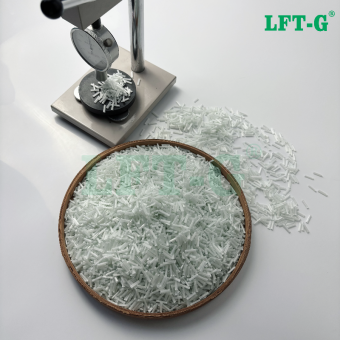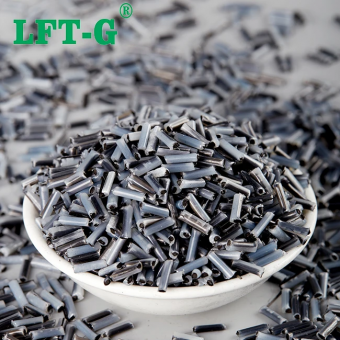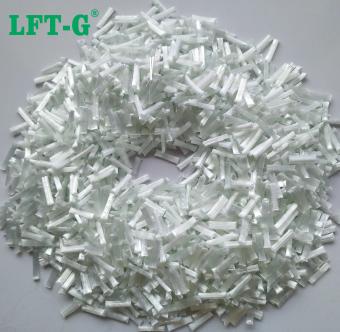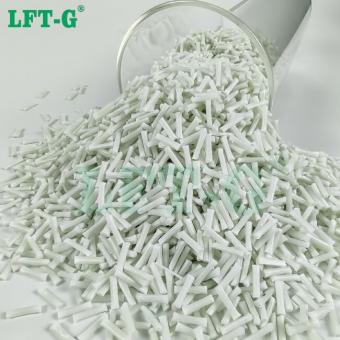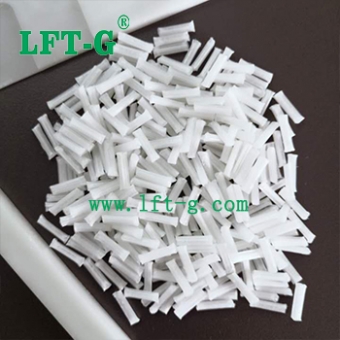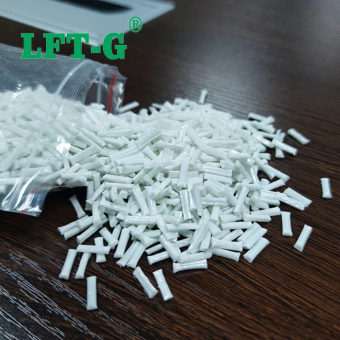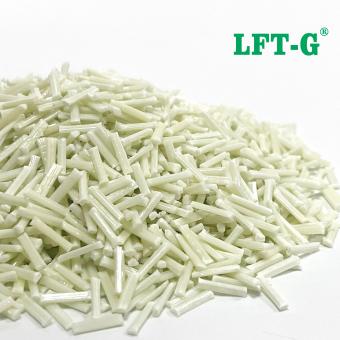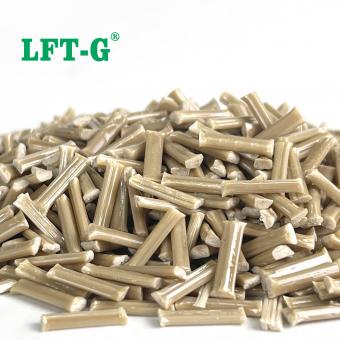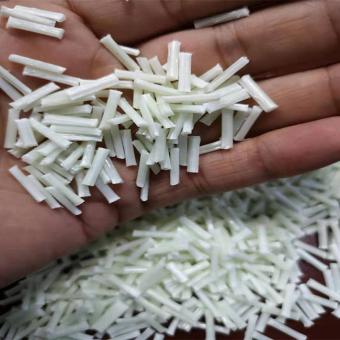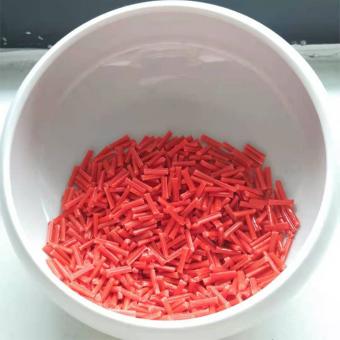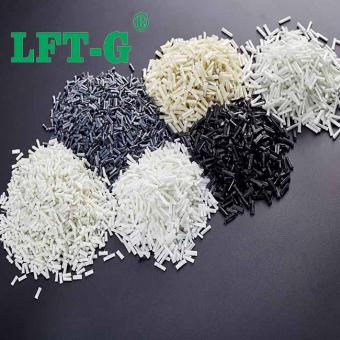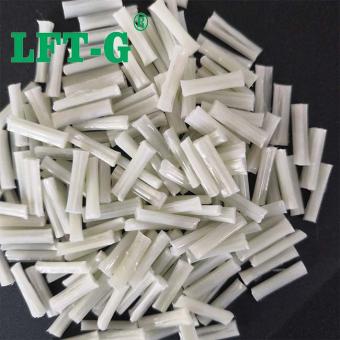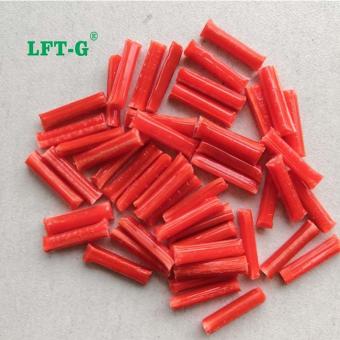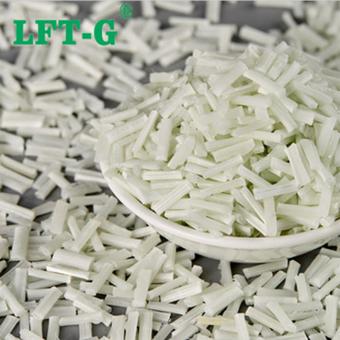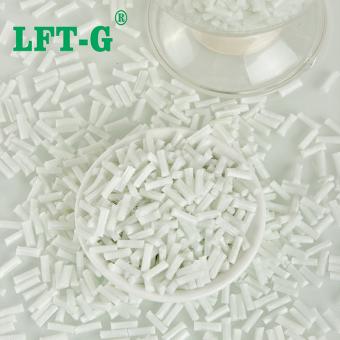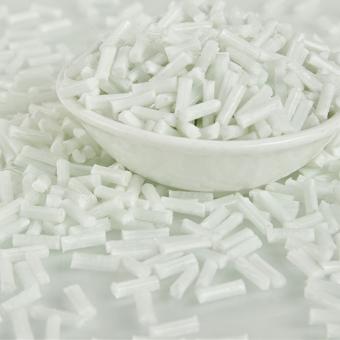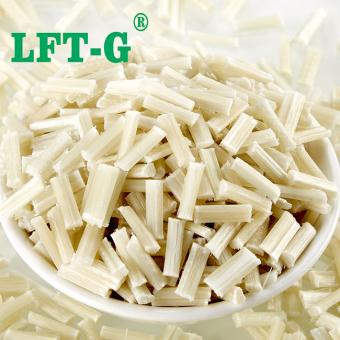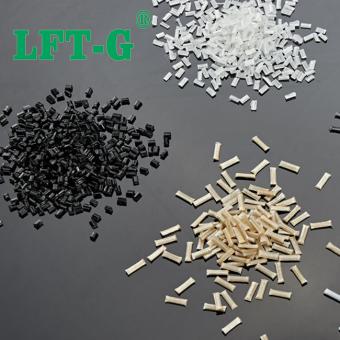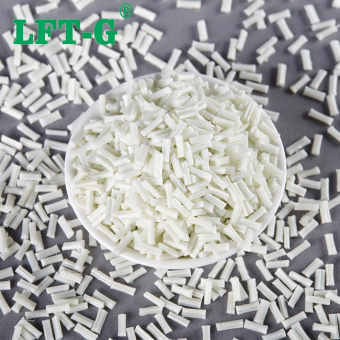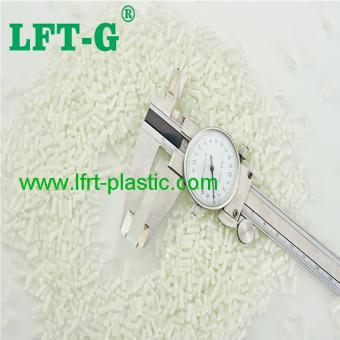-
-
-
構造性能要件のためのLFTPA6LGF40ナイロン6複合材サプライヤー商品名: PA6 LGF40;ポリアミド6長繊維強化複合材;ナイロン強化複合材 形: 長さ約12mm、高強度、高靭性 アドバンテージ: 繊維強化熱可塑性顆粒の製品で10年以上の経験
- PA6ロンググラスファイバー40%サプライヤー
- ポリアミド繊維強化プラスチック
- ナイロン6ガラス繊維充填強化ペレット
- エンジニアリングプラスチックPA6LGF40
- ナイロン6GF40
- ポリアミド6長ガラス繊維強化プラスチック
タグ :
-
高強度用LFTNylon6ガラス繊維充填PA6複合顆粒商品名: PA6 LGF50;ポリアミド6長繊維強化複合材;ナイロン強化複合材 形: 長さ約12mm、高強度、高靭性 アドバンテージ: 繊維強化熱可塑性顆粒の製品で10年以上の経験もっと見る
-
椅子用LFTホモポリマーPPLGF20ポリプロピレン商品名: ホモポリマーLGF20、ポリプロピレン長繊維強化プラスチック、PP長繊維熱可塑性プラスチック 形: 長さ約12mm、高強度、高靭性 アドバンテージ: 20年以上の繊維強化プラスチック製品の経験.もっと見る
-
LFT HDPELGF20長繊維強化熱可塑性複合材料商品名: HDPE LGF20、高密度ポリエチレン長繊維強化プラスチック、HDPE長繊維熱可塑性プラスチック 形: 長さ約12mm、高強度、高靭性 アドバンテージ: 20年以上の繊維強化プラスチック製品の経験.もっと見る
-
LFT HDPE長ガラス繊維30%高引張強度PE LGF30商品名: HDPE LGF30、高密度ポリエチレン長繊維強化プラスチック、HDPE長繊維熱可塑性プラスチック 形: 長さ約12mm、高強度、高靭性 アドバンテージ: 20年以上の繊維強化プラスチック製品の経験.もっと見る
-
パイプ用LFTHDPELGF40ガラス繊維強化複合材商品名: HDPE LGF40、高密度ポリエチレンLGF40、ロンググラスファイバーフィルHDPE 形:H 衝撃靭性、耐薬品性、および高寸法安定性 アドバンテージ: テストのための特別な実験室もっと見る
-
LFT高密度ポリエチレン充填ガラス繊維50%コンポジット商品名: HDPE LGF50、ガラス繊維強化プラスチックフィルHDPE 形: 耐腐食性、耐圧縮性、耐反り性 アドバンテージ: 高品質で低コストもっと見る
-
高密度ポリエチレンHDPELGF60PE充填ガラス繊維複合材商品名: HDPE LGF60、ポリエチレン長ガラス繊維強化60% 形: 耐紫外線性と耐老化性 アドバンテージ: 高品質で低コストもっと見る
-
PA6 ナイロン 6 ポリアミド 6 複合長ガラス繊維改質プラスチック長さ 12 ミリメートルオリジナルカラーPA6 material PA6 is one of the most widely used materials in the current field, and PA6 is a very good engineering plastic with balanced and good performance. The raw materials for the manufacture of nylon 6 engineering plastic are extensive and inexpensive, and it is not restricted by the technological monopoly of foreign companies. However, in order to make good use of this inexpensive and excellent material, we must first understand it. Today, we will start with glass fiber reinforced PA6 engineering plastics, because it is the most important category of PA6 engineering plastics. Just like any other engineering plastics, PA6 has advantages and disadvantages, such as high water absorption, low temperature impact toughness and dimensional stability is relatively poor. So engineers will use different methods to make PA6 better, which we call modification. At present, the most common method is to blend and modify PA6 with glass fiber (GF). Today, we will take a look at the mechanical properties of PA6 engineering plastics under the glass fiber GF system for reference and help us select materials. PA6-LGF 1. Influence of glass fiber content on PA6 engineering plastics We can find from the application and experiment that the content index is often one of the biggest influencing factors in fiber reinforced composites. As the glass fiber content increases, the number of glass fibers per unit area of the material will increase, which means that the PA6 matrix between the glass fibers will become thinner. This change determines the impact toughness, tensile strength, bending strength and other mechanical properties of glass fiber reinforced PA6 composites. In terms of impact performance, the increase of glass fiber content will greatly increase the notch impact strength of PA6. Taking long glass fiber (LGF) filling PA6 as an example, when the filling volume increases to 35%, the notch impact strength will increase from 24.8J/m to 128.5J/m. But the glass fiber content is not more is better, short glass fiber (SGF) filling volume reached 42%, the impact strength of the material reached the highest 17.4kJ/㎡, but continue to add will let the gap impact strength showed a downward trend. In terms of bending strength, the increase of the amount of glass fiber will make the bending stress can be transferred between the glass fiber through the resin layer; At the same time, when the glass fiber is extracted from the resin or broken, it will absorb a lot of energy, thus improving the bending strength of the material. The above theory is verified by experiments. The data show that the bending elastic modulus increases to 4.99GPa when the LGF (long glass fiber) is filled to 35%. When the content of SGF (short glass fiber) is 42%, the bending elastic modulus reaches 10410MPa, which is about 5 times that of pure PA6. 2. Influence of glass fiber retention length on PA6 composites The fiber length of the glass fiber also has an obvious effect on the mechanical properties of the material. When the length of the glass fiber is less than the critical length (the length of the fiber when the material has the tensile strength of the fiber), the interface binding area of the glass fiber and the resin increases with the increase of the length of the glass fiber. When the composite material is broken, the resistance of the glass fiber from the resin is also greater, so as to improve the ability to withstand the tensile load. When the length of glass fiber exceeds the critical, the longer glass fiber can absorb more impact energy under impact load. In addition, the end of the glass fiber is the initiation point of crack growth, and the number of long glass fiber ends is relatively less, and the impact strength can be significantly improved. The experimental results show that the tensile strength of the material increases from 154.8MPa to 164.4MPa when the glass fiber content is kept at 40% and the length of the glass fiber increases from 4mm to 13mm. The bending strength and notched impact strength increased by 24% and 28%, respectively. Moreover, the research shows that when the original length of the glass fiber is less than 7mm, the material performance increases more obviously. Compared with short glass fiber, long glass fiber reinforced PA6 material has better appearance warping resistance, and can better maintain mechanical properties under high temperature and humidity conditions. TDS for your reference PA6 can be made into long glass fiber reinforced material by adding 20%-60% long glass fiber according to the characteristics of the product. PA6 with long glass fiber added has better strength, heat resistance, impact resistance, dimensional stability and warping resistance than without glass fiber added. Following TDS show the data of PA6-LGF30. Application PA6-LGF has the largest proportion of applications in the automotive industry, by electronic and electrical applications, and also involving machinery and engineering ...もっと見る
-
LFT 強化プラスチック PA12 充填長ガラス繊維スポーツ部品および太陽エネルギー用のオリジナルの白色PA12 Nylon 12 is the least dense of the nylon series at 1.02. Its characteristics include low water absorption, good dimensional stability, good low temperature resistance, up to -70℃; Low melting point, easy forming processing, forming temperature range is wide; Soft, chemical stability, oil resistance, wear resistance are good, and is a self-extinguishing material. The long-term use temperature is 80℃ (up to 90℃ after heat treatment), can work at 100℃ for a long time in oil, inert gas can work at 110℃ for a long time. Long Glass Fiber LFT と呼ばれる長繊維強化熱可塑性プラスチック (繊維強化熱可塑性プラスチック) は、長さ 5 mm 以上のガラス繊維強化複合材料 (LFT) を指し、優れた成形加工特性を備えており、射出、成形、押出などのプロセスで成形できます。 , 成形の際、プラスチックの成形流動性が良く、低圧力での成形が可能です。複雑な形状の製品を成形することができ、製品の見かけの質量はGMTより優れています。 TDS は参考のみ 応用 パッキング 業界紹介 長繊維強化熱可塑性エンジニアリングプラスチックである LFT および LFRT は、従来の短繊維強化熱可塑性プラスチックと比較して、通常、従来の短繊維強化熱可塑性プラスチックの繊維長が 1 ~ 2 mm 未満であるのに対し、LFT プロセスで製造される熱可塑性エンジニアリング プラスチックは、ファイバーの長さを 5 ~ 25 mm 以上に維持します。長い繊維に特殊な樹脂システムを含浸させ、樹脂で十分に湿らせた長いストリップを作成し、必要に応じて所望の長さに切断します。最もよく使用されるマトリックス樹脂は PP で、次に PA6、PA66、PPA、PA12、MXD6、PBT、PET、TPU、PPS、LCP、PEEK などが続きます。従来の繊維には、ガラス繊維と炭素繊維が含まれます。特殊繊維には玄武岩繊維や石英繊維などがあります。長繊維材料の LFT は、より優れた機械的特性を実現できます。もっと見る

 Eメール
Eメール 日本語
日本語 English
English français
français Deutsch
Deutsch русский
русский italiano
italiano español
español português
português العربية
العربية 한국의
한국의 中文
中文




